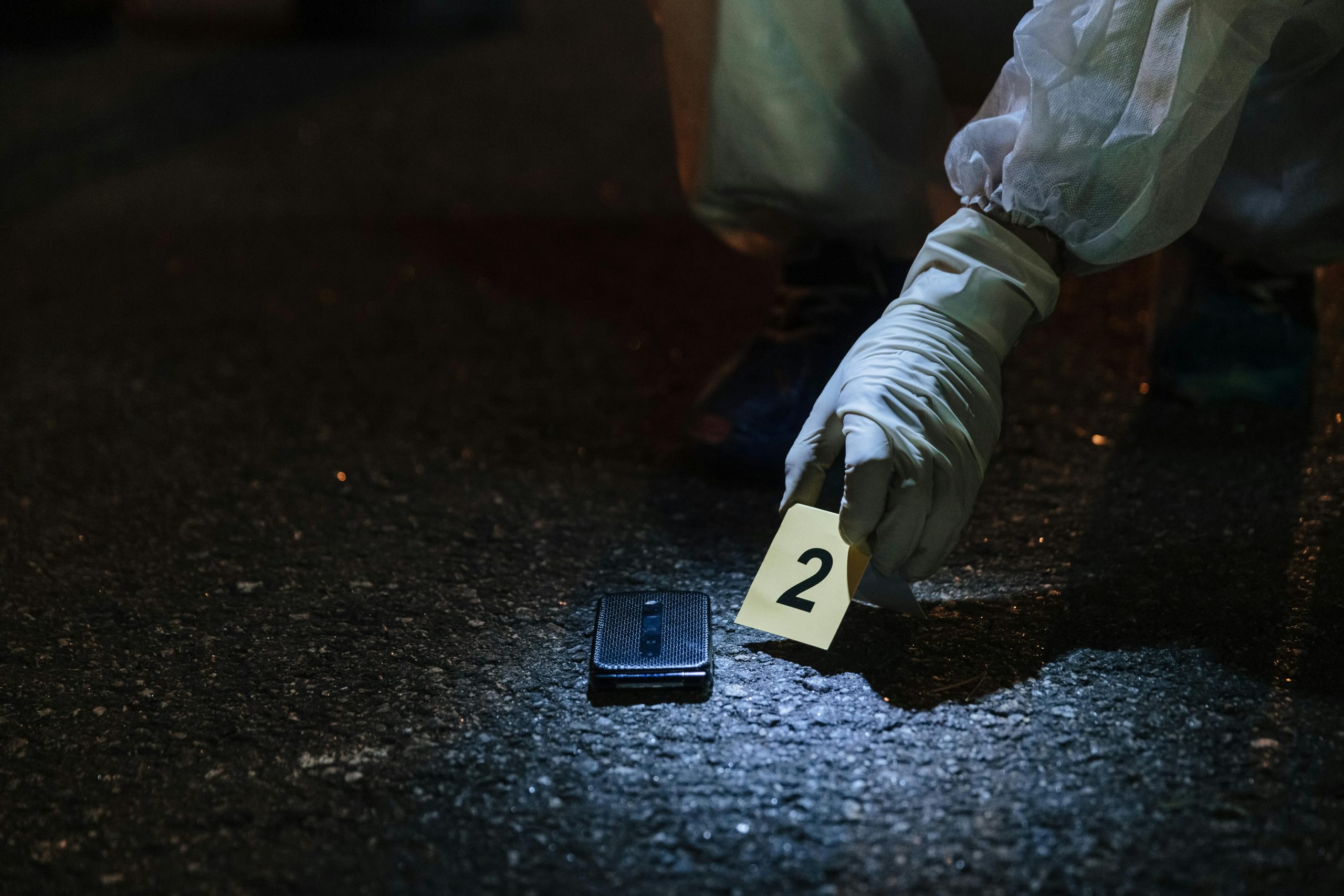Discover how Jacob Lloyd, a leading expert in animal cruelty investigations, uses his expertise to assemble the ultimate evidence kit. Learn the tools and techniques essential for investigating animal cruelty and building strong cases against perpetrators.
Introduction
When I first started investigating animal cruelty, I quickly learned that having the right tools could mean the difference between a successful case and a missed opportunity. Over the years, I’ve refined my approach to building an evidence kit that ensures I’m prepared for almost any situation. In this article, I’ll share my personal approach to assembling the perfect kit, so whether you’re an experienced investigator or just starting, you’ll have a guide to set yourself up for success.
Photography and Videography Tools
Clear, detailed visual evidence is one of the most important elements of any case I work on.
- Camera
My go-to camera is a DSLR with a zoom lens that allows me to capture clear images from a distance. This is particularly useful when I need to document conditions without getting too close. However, I also carry a high-quality smartphone for situations where being discreet is critical. - Accessories
I never head out without extra memory cards and batteries. Investigations can last hours, and the last thing you want is for your equipment to fail. A tripod is invaluable for steady shots, especially when I’m photographing injuries or environmental conditions. - Video Recording Equipment
For hands-free recording, I rely on a body camera, especially during site visits or rescues. For covert operations, discreet tools like a button camera allow me to document situations without drawing attention.
Evidence Collection Tools
Collecting physical evidence is a delicate process that needs to be done right to stand up in court.
- Sample Collection Kit
Sterile gloves, tweezers, and tamper-proof evidence bags are staples in my kit. For biological evidence like fluids or hair, I use swabs and vials. These simple tools have been critical in gathering DNA evidence in some of my cases. - Measuring Tools
I always have a measuring tape on hand for documenting injuries or cage dimensions. A ruler is also handy for providing scale in close-up photographs. - Labels and Forms
Every piece of evidence needs to be carefully tracked. I use pre-printed evidence tags and chain-of-custody forms to ensure everything is properly documented from the moment it’s collected.
Documentation and Record-Keeping
Thorough documentation is one of the cornerstones of my work as an investigator.
- Notebooks
I carry a waterproof notebook for taking notes, especially when working outdoors in less-than-ideal weather. - Voice Recorder
Sometimes, writing isn’t practical, so I use a digital voice recorder to dictate notes or capture interviews. - Digital Tools
My smartphone and tablet are loaded with apps for mapping, note-taking, and securely storing data. I’ve found that cloud storage apps are invaluable for backing up my work in real-time.
Surveillance and Tracking
Surveillance is a key part of investigating organised animal crime, and the right tools can make all the difference.
- Binoculars
A good pair of binoculars allows me to observe from a safe distance, whether I’m watching a suspected puppy farm or investigating wildlife crime. - Trail Cameras
Motion-activated cameras are perfect for monitoring activity in remote areas. I’ve used them in cases involving badger baiting and illegal dog meat slaughterhouses. - GPS Trackers
Discreet trackers are essential for monitoring movement, such as tracking vehicles involved in illegal activities. However, it’s critical to stay within legal boundaries when using these tools.
Safety and Emergency Gear
Investigating animal cruelty can be unpredictable, and personal safety is always a priority.
- Personal Protective Equipment (PPE)
Disposable gloves, masks, and shoe covers are always in my kit to protect myself and prevent contamination of evidence or the spread of zoonotic diseases. - First Aid Kit
I carry a first aid kit not just for myself but for any animals I might encounter. It’s stocked with antiseptics, bandages, and other essentials. - Communication Devices
Reliable communication is vital, especially in remote areas. I use a KeySIM which allows me to roam over multiple networks. - Personal Safety Tools
In potentially volatile situations, I have a personal SOS alarm to ensure I can call for help quickly if needed. This also has two-way audio on it with a Control Room operator.
Transport and Storage
Transporting and storing evidence securely is just as important as collecting it.
- Cooler or Insulated Bag
When I need to preserve biological evidence, an insulated bag is a lifesaver. - Lockable Storage Boxes
These ensure that evidence remains secure during transit, protecting its integrity. - Organisational Compartments
I keep my kit divided into labelled sections, so I can quickly access what I need, even in high-pressure situations.
Conclusion
Building the perfect evidence kit takes time and experience, but it’s an investment that pays off in every case. Over the years, I’ve learned that being prepared isn’t just about having the right tools—it’s about knowing how to use them effectively. Whether you’re documenting a crime scene, gathering physical evidence, or conducting surveillance, having a well-stocked and organised kit ensures you’re ready for any challenge.
By sharing my approach, I hope to empower others to take on animal cruelty investigations with confidence and professionalism. If you’re serious about this work, remember that preparation is your greatest ally.
